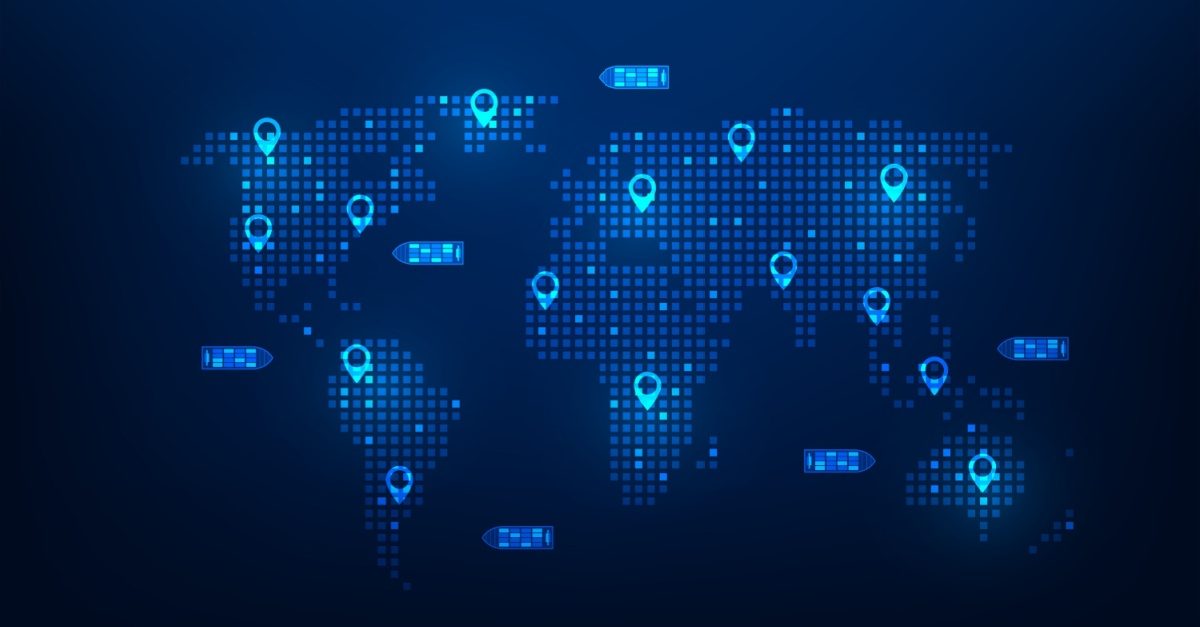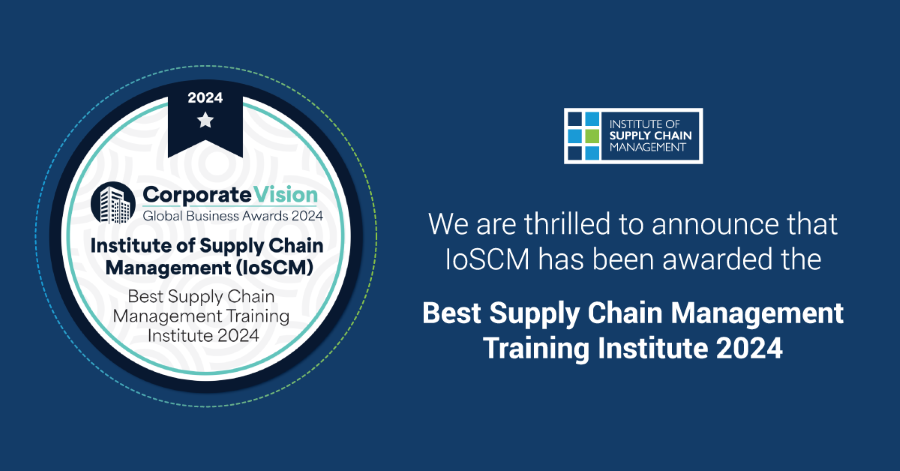
The Role of Advanced Forecasting Tools in Building a Resilient Supply Chain
In today’s volatile global economy, supply chains face constant disruptions — from pandemics and geopolitical tensions to natural disasters and fluctuating consumer demands. Businesses that lack foresight in these areas risk stockouts, overstocking, and operational inefficiencies. Advanced forecasting tools are essential in building resilient supply chains that can anticipate and adapt to challenges.
This article explores how these tools enhance demand planning, mitigate risks, and provide businesses with the agility to meet future uncertainties with confidence.
Why Supply Chain Resilience Matters More Than Ever
The importance of resilience has never been more apparent. Global disruptions, like the COVID-19 pandemic, exposed vulnerabilities in traditional supply chain models. Remember the great toilet paper shortage of 2020? That’s what a lack of supply chain resilience looks like. In response, organisations are turning to advanced forecasting solutions to:
- Predict demand more accurately: No more relying on gut feelings or outdated spreadsheets.
- Adjust to supplier delays and market changes: Agile responses to unexpected events.
- Reduce risks of stockouts or excessive inventory holding: The Goldilocks solution – just the right amount of inventory.
- Align with sustainable supply chain goals by minimising waste and optimising operations: Good for business, good for the planet.
How Advanced Forecasting Tools Build Resilient Supply Chains
Advanced forecasting tools leverage AI, machine learning (ML), predictive analytics, and big data to improve demand forecasting and supply chain planning. Here’s how these tools contribute to resilience:
Improved Demand Forecasting with Real-Time Data
Unlike traditional models that rely solely on historical data, modern tools integrate real-time data from multiple sources — such as market trends, weather forecasts, and social media sentiment. This allows companies to respond dynamically to changing conditions.
Example: A fashion retailer uses AI to analyse social media trends and identify emerging styles, allowing them to proactively adjust their inventory and avoid missing out on popular items.
Inventory Optimisation for Reduced Costs and Waste
Advanced tools enable inventory optimisation by balancing stock levels with projected demand. With better predictions, companies avoid overstocking and understocking, reducing both storage costs and product obsolescence.
Example: A grocery store chain uses predictive analytics to optimise their fresh produce orders, reducing spoilage and waste by accurately forecasting demand based on factors like weather patterns and local events.
Scenario Planning and Risk Mitigation
Forecasting platforms use scenario modelling to simulate potential disruptions. Businesses can prepare contingency plans for various situations — such as port closures or supplier failures — ensuring minimal disruption when these scenarios arise.
Example: A pharmaceutical company uses scenario planning to model the impact of potential geopolitical instability on their supply of raw materials, allowing them to identify alternative sourcing options in advance.
Collaboration Across the Supply Chain
Modern forecasting platforms integrate with supplier systems to enhance communication and coordination. By sharing forecasts, suppliers can adjust production schedules proactively, minimising lead times and ensuring seamless operations even during disruptions.
Example: An automotive manufacturer shares real-time demand forecasts with their parts suppliers, enabling the suppliers to adjust their production schedules and ensure timely delivery of components, preventing production delays.
AI and ML for Continuous Improvement
AI-powered forecasting systems learn and improve over time, refining their predictions based on past performance. As the algorithms evolve, they deliver more accurate and actionable insights, helping businesses maintain a competitive edge.
Example: An e-commerce company uses machine learning to analyse customer purchase history and identify patterns, allowing them to personalise product recommendations and optimise their marketing campaigns.
Key Forecasting Technologies Driving Supply Chain Resilience
?Machine Learning (ML): ML-based models continuously adapt to new data, ensuring that forecasts are always up to date with the latest market insights. Think of it as a forecasting system that gets smarter with every new piece of data it receives.
?Predictive Analytics: Predictive analytics uses historical and real-time data to forecast future trends, providing a proactive approach to demand planning. It’s like having a crystal ball that helps you anticipate what’s coming next.
?Digital Twins: Digital twin technology simulates supply chain operations, allowing businesses to test different scenarios and optimise performance before implementing changes. It’s like having a virtual sandbox where you can experiment without real-world consequences.
?Cloud-Based Forecasting Platforms: Cloud solutions facilitate data sharing and collaboration across different departments and suppliers, ensuring everyone in the supply chain works with consistent, up-to-date information. This breaks down data silos and fosters a collaborative environment.
Getting Started with AI and ML in Supply Chain Forecasting
Implementing AI and ML in your supply chain might seem daunting, but here’s a simplified approach:
?Start with a clear objective: Define what you want to achieve – better demand forecasting, inventory optimisation, or risk mitigation?
?Data is key: Gather and clean your historical data. This is the foundation for training your AI models.
?Choose the right tools: Explore various AI/ML platforms and select one that aligns with your needs and technical capabilities. Many user-friendly options require minimal coding knowledge.
?Start small and scale: Begin with a pilot project focused on a specific area, like forecasting demand for a particular product line.
?Iterate and improve: Continuously monitor your AI models’ performance, refine them based on feedback and new data, and gradually expand their use across your supply chain.
Real-World Applications of Advanced Forecasting Tools
?Retail: Retailers use demand forecasting to plan for peak shopping seasons and avoid stockouts. Tools like AI-powered pricing models adjust prices dynamically to manage demand fluctuations.
?Manufacturing: Manufacturers rely on predictive tools to forecast raw material requirements, reducing the risk of production delays. Digital twins enable real-time production monitoring and optimisation.
?Logistics: Forecasting platforms help logistics providers anticipate disruptions like weather events, optimising delivery routes and ensuring on-time deliveries.
Forecasting and Sustainability: A Perfect Match
Sustainable supply chains are no longer a luxury — they are a necessity. Forecasting tools minimise environmental impact by reducing excess inventory and enabling energy-efficient logistics. They also help companies align with sustainability targets, an essential focus for partners like IoSCM.
Wrapping Up
In an unpredictable world, businesses must adopt advanced forecasting tools to build resilient supply chains that withstand disruptions. By leveraging AI, predictive analytics, and real-time data, these tools empower companies to forecast demand accurately, mitigate risks, optimise inventory, and embrace sustainability.

Author – Bastien Renault – CEO of Altavant Consulting | Inventory Expert
Find out why IoSCM has won Best Supply Chain Management Training Institute for the second year in a row and how we can help you achieve your professional development goals HERE.

